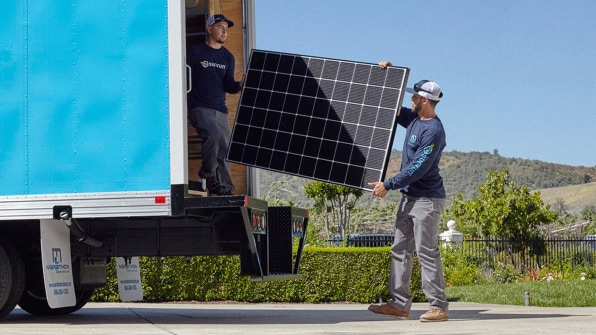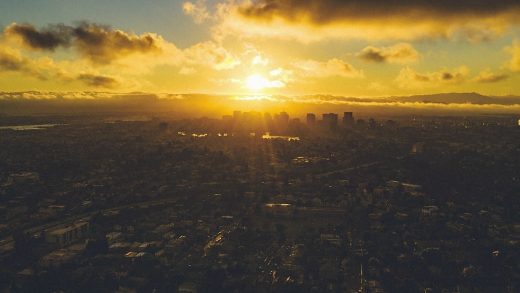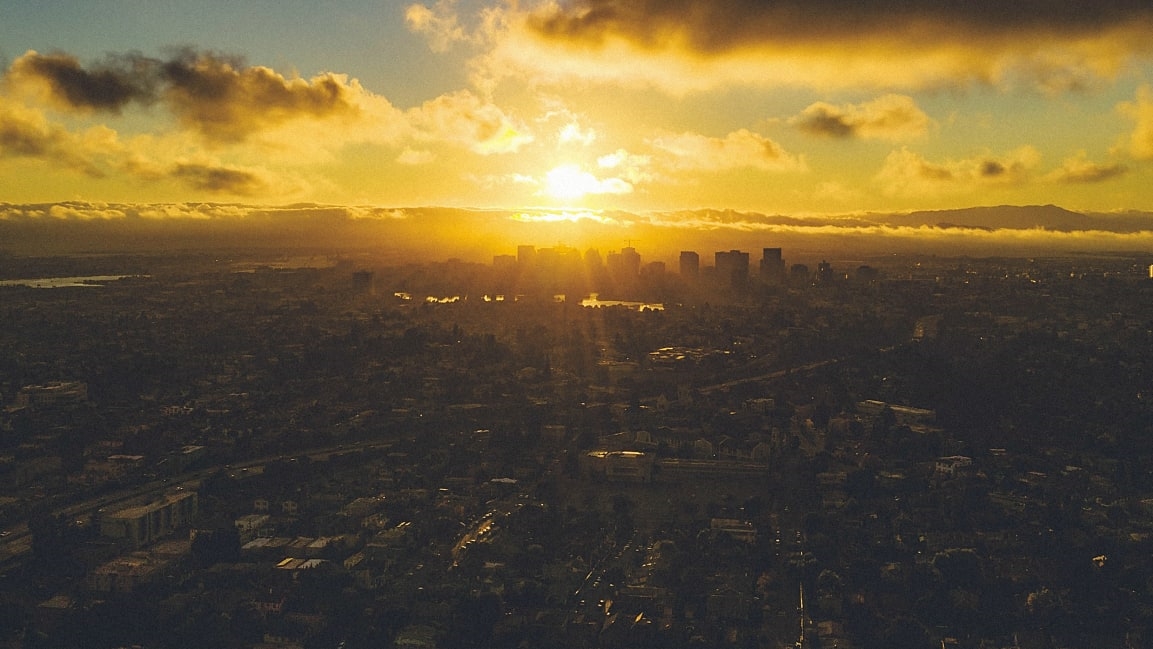This “virtual power plant” made of solar and batteries means Oakland can stop burning jet fuel
When the demand for electricity surges in Oakland, California, a power plant burning jet fuel switches on, pumping pollution into the western part of the city. But the plant will soon close—and will be replaced in part by a network of solar panels and batteries installed in affordable apartment buildings in the area.
“If it’s a really hot summer day, and everyone has their air-conditioning on and demand for electricity is really high, we can work with [the grid operator] to discharge those batteries and provide electricity to the grid so that another fossil fuel power plant doesn’t have to turn on to serve that demand,” says Audrey Lee, vice president of energy services at Sunrun, the company that is building the new “virtual” power plant.
At the jet fuel plant, the plant’s owner will install another massive battery system that can take electricity from the grid when demand is low and then release it when it’s needed. Other battery storage systems in the area will also help. But the installation at apartment buildings is a unique way to solve the problem. The power will go first to the low-income families living in the buildings, then fill the batteries, with any excess electricity going back into the general grid. The system will be ready in 2022.

It’s a way to replace the local fossil fuel plant without building new power lines. “It’s great to put solar out in the desert, but you do need to figure out a way to deliver it where it’s actually being used,” says Lee. “So by putting the solar and the battery right on the rooftop of low-income multifamily homes, it’s serving customers directly without that infrastructure.”
If the power goes out in the area or the local utility switches it off—something that’s increasingly likely as officials work to try to prevent wildfires that have been caused in recent years by sparks from power lines—the residents at the buildings will still have electricity from their own solar and battery system. (In the future, the grid could potentially be reconfigured to allow people with solar power to send power to neighbors during an outage.) The system also reduces electricity bills for the families living in the buildings as they get a cut of the “net metering” credit for the solar power produced, and it helps the overall grid save money.
The solar and batteries will be installed at buildings with more than 500 housing units over the next few years. Virtual power plants are likely to also grow elsewhere, both in California and the rest of the country. Sunrun estimated that in Los Angeles, where the city plans to shut down old gas-fired power plants, a plant could be replaced by a network of 75,000 homes in the city with solar and battery storage. Across California, it estimated that virtual power plants could provide nine gigawatts of capacity, or as much as 50 large natural gas plants. “It doesn’t depend on new technology,” Lee says. “And that nine gigawatts is for systems that are economic, where customers see a benefit in their electricity bill by deploying solar and storage. So there’s no technical or economic barriers to that potential.”
(12)



